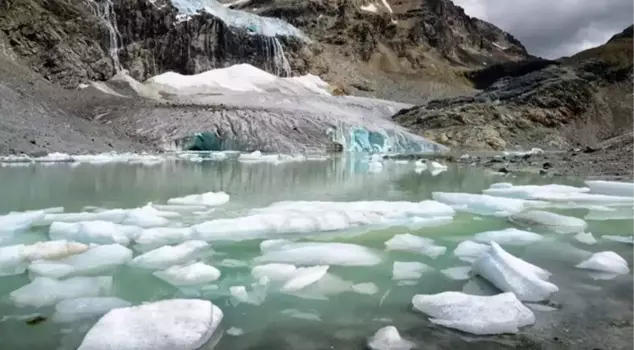
03.09.2024 13:51
Through research conducted on the Guliya Glacier in Western China, scientists have identified approximately 1,700 ancient viruses dating back to around 40,000 years ago. It was found that 75% of these viruses were previously unknown to modern humans. One of the discovered viruses dates back to approximately 11,500 years ago, during the last major climate transition. Researchers have shown that these viruses can spread across large geographical areas and how they respond to climate change.
Scientists have made a surprising discovery in the Guliya Glacier in western China. Samples taken from this glacier, dating back approximately 40,000 years, revealed the presence of 1,700 ancient viruses that were previously unknown.
A team led by ZhiPing Zhong from Ohio State University reconstructed the DNA from the samples taken from the glacier. It was found that approximately 75% of the viruses discovered were previously unknown to modern humans.
One of the viruses that was discovered is particularly noteworthy. This virus dates back to approximately 11,500 years ago, during a major climate transition. Researchers emphasize that this discovery is important for understanding how viruses respond to climate change.
Interestingly, although the glacier is located in China, it was found that some of the viruses originated from the Middle East and Arctic regions. This indicates that even in ancient times, viruses were capable of spreading across large geographical areas.
Zhong explains the significance of this discovery by stating, "Understanding how viruses evolve during intense climate periods can help us predict how they will behave in future climate changes."
Researchers have not provided a clear explanation regarding whether the discovered viruses are dangerous to humans. However, they suggest that this discovery can provide new insights into ancient life and climate.
The Guliya Glacier is part of the Tibetan Plateau, which is the highest plateau in the world. This region covers an area of approximately 2.5 million square kilometers. Previous samples dating back 15,000 years have also been found in this glacier.